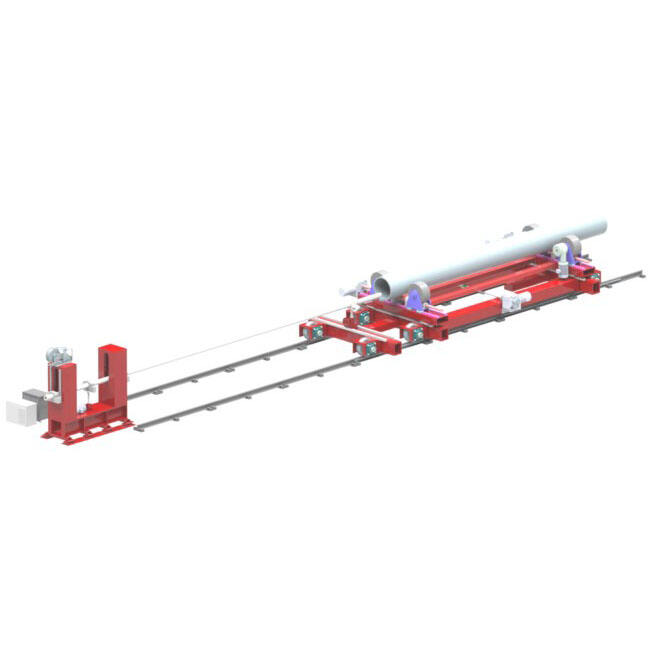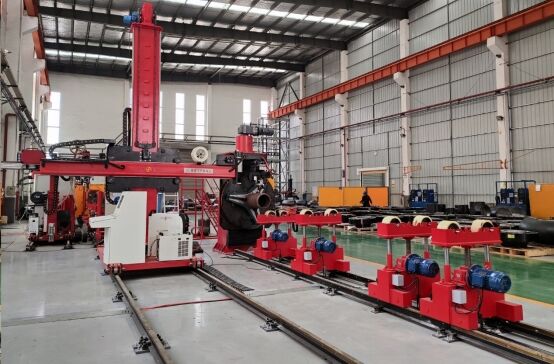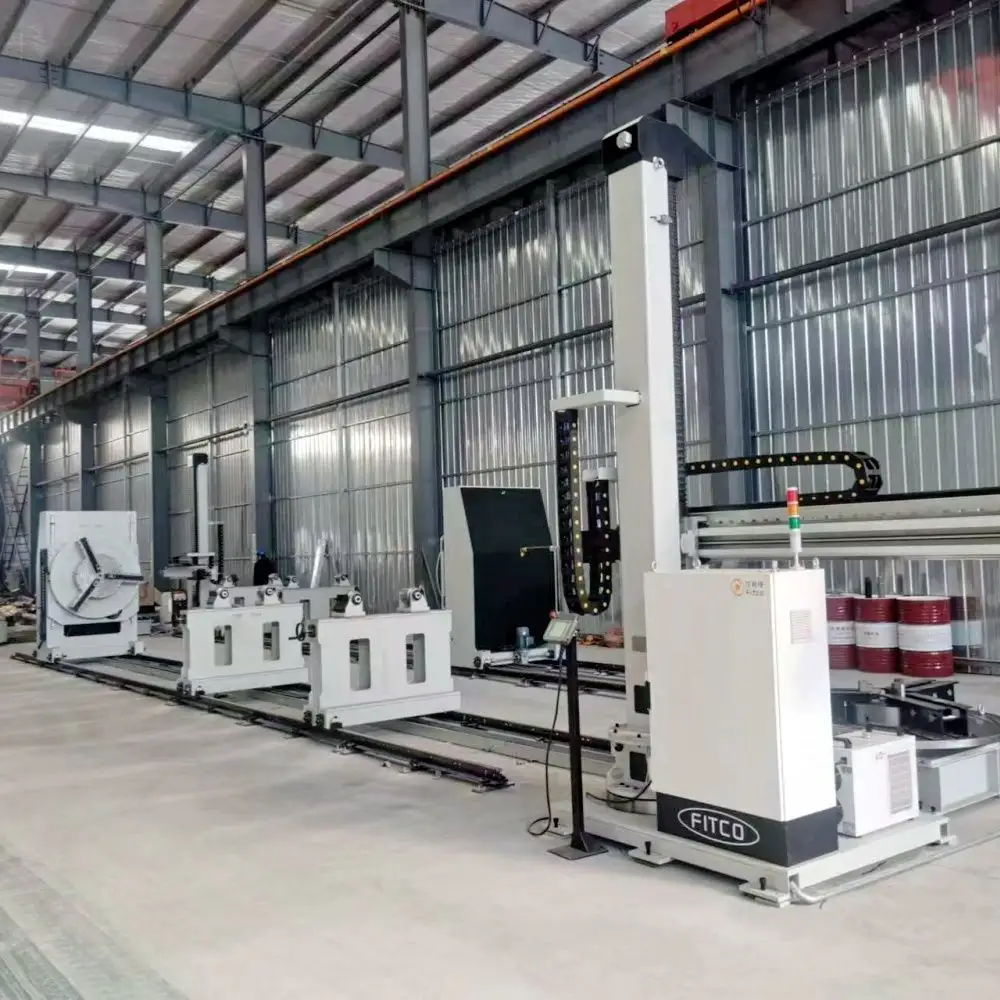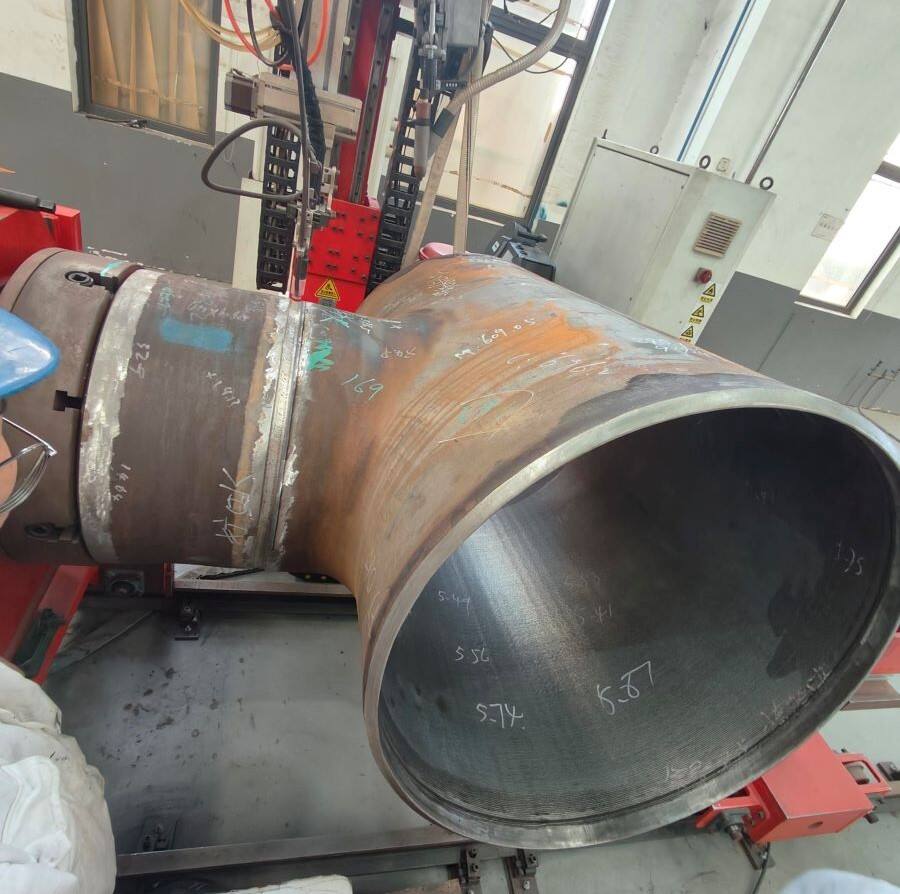ac dc arc welder
An AC DC arc welder is a versatile welding machine that combines both alternating current (AC) and direct current (DC) capabilities in a single unit. This sophisticated piece of equipment enables welders to perform a wide range of welding tasks with exceptional precision and control. The machine operates by creating an electric arc between the electrode and the workpiece, generating intense heat that melts and joins metals together. The dual current capability allows operators to switch between AC and DC output depending on the specific requirements of their welding project. AC welding is particularly effective for working with aluminum and magnesium, as it provides excellent oxide cleaning action, while DC welding offers superior arc stability and is ideal for most other metals, including steel, stainless steel, and various alloys. Modern AC DC arc welders typically feature advanced electronic controls, allowing for precise adjustment of welding parameters such as amperage, voltage, and arc force. Many units also include features like pulse welding capabilities, hot start functionality, and anti-stick technology, making them suitable for both professional welding operations and demanding DIY projects. The versatility of these machines extends to their compatibility with different welding processes, including stick welding (SMAW), TIG welding (GTAW), and in some cases, MIG welding (GMAW) with additional equipment.

 EN
EN
 AR
AR BG
BG HR
HR CS
CS DA
DA NL
NL FI
FI FR
FR DE
DE EL
EL HI
HI IT
IT JA
JA KO
KO NO
NO PL
PL PT
PT RO
RO RU
RU ES
ES SV
SV TL
TL IW
IW ID
ID LT
LT UK
UK SQ
SQ HU
HU TH
TH TR
TR FA
FA AF
AF CY
CY MK
MK LA
LA MN
MN KK
KK UZ
UZ KY
KY







